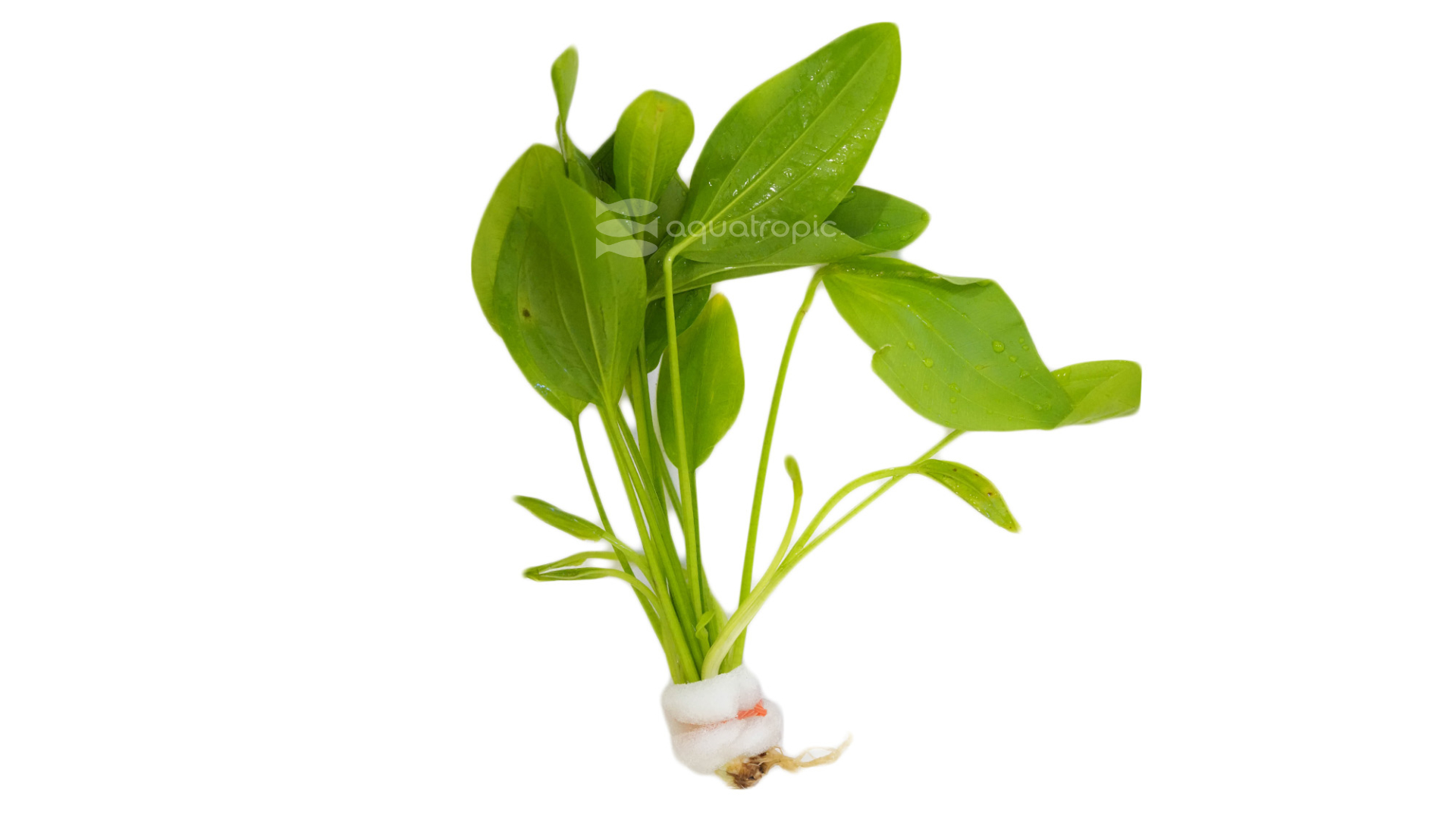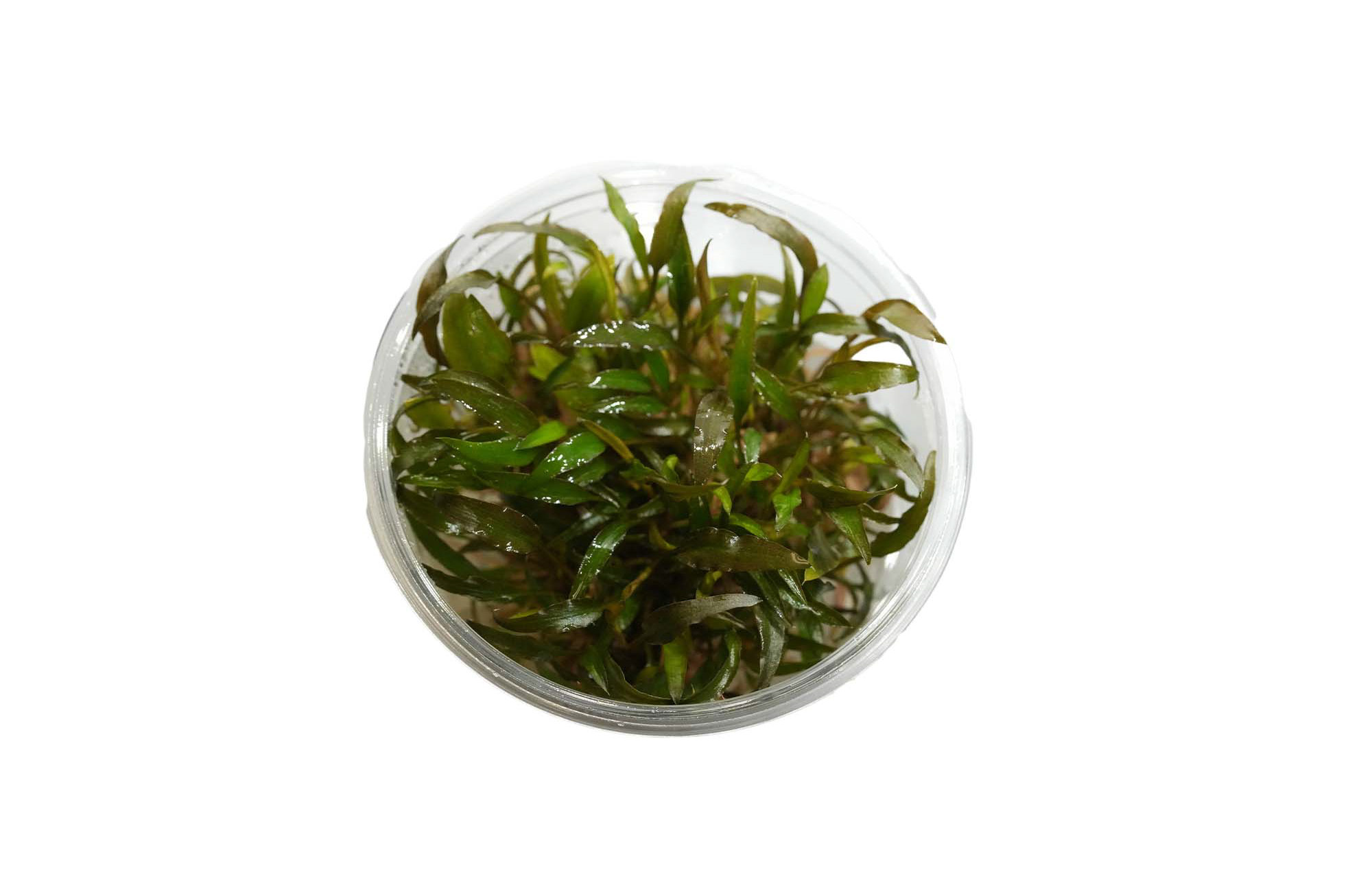Planting a Paludarium

So, you’ve read our article on setting up a paludarium and have purchased your aquarium, added a hard scape and felt that you are ready to start stocking the system. Here are our recommendations for the plants that might be suitable for your paludarium setting.
Terrestrial Plants Plants here should at the very least tolerate high humidity, and depending on where you plant them, potentially be okay with having their roots remain wet most of the time. Some easy choices that can handle wet environments are: - Pothos: Pothos is a house plant so common its easy to find even in major department stores or hardware stores even in the garden section. Easily propagated from a cutting of the stem, these plants will send out roots that can be submerged and don’t need to be “planted” into any medium. Simply attach them somewhere the roots hit water or the cut end of the stem is submerged and watch this plant grow quickly to vine around your paludarium! Trimmings can be used to start new plants or given to others for house plants or to start other paludariums. Very hardy and beginner friendly. - Mosses: These are easily grown in warm, humid environments and can be attached easily with some fine sewing thread, fishing line, or super glue to get it started. Dried sphagnum moss from the garden center can be rehydrated and positioned on rocks, driftwood or substrate and it will start growing again! Just make sure that the environment has a high relative humidity – no open tops or reptile style tops on these aquariums. - Bromeliads: Bromeliads come in a wide variety of colors, and smaller varieties can be grow in aquariums as small as ten gallons! They will require high levels of humidity, but if you have adequate light and humidity they can just be attached to rocks, driftwood or backgrounds in the paludarium and will even readily “pup” or put out more smaller bromeliads to share or just fill in your scape. - Peace Lillies (Spathiphyllum sp.): These are a great choice for larger paludariums or paludariums that are not sealed on the top so that larger plants and grow up and out of them. Peace lilies are relatively easy to grow, readily available at most garden centers, and can tolerate wet roots that are common in these styles of setups.

Aquatic Plants Generally, we are going to suggest lower light, hardier plants in this section. Feel free to push limits, or consult or planted tank setup article to determine whether or not a high-tech setup might be possible in your paludarium. That being said the water sections of most paludariums are in the lower half or third of the aquarium to begin with and may have terrestrial plants above them further blocking light, so hardier, low light plants are our recommendation.
- Anubias sp: Plants from the genus Anubias represent one of the most beginner friendly aquatic plants. They are hardy and readily adapt to most water quality situations. Many are found growing in Central Africa where they grow in the shade of the deep jungle canopy. Being found in the darkness led to the name, Anubias, in honor of the Egyptian god Anubis who was said to guide people to the underworld. Thinking of these dark streams, filled with Anubias as the path to the underworld adds a touch of mystique. Anubias grows slowly, but doesn’t require high light, high nutrients, or supplementation with carbon dioxide. Their roots should always be wet – but if the environment is humid enough, they can actually grow up out of the water, making a great choice for the riparian (where land meets water) areas of the paludarium. Anubias does not need to be planted into a substrate, and can be attached to rocks or driftwood with superglue or fishing line and eventually the roots can take hold on some surfaces. The rhizome (where the leaf stems grow out from) should never be buried in substrate as it can cause the rhizome to rot and kill the plant.
- Sword Plants (Echinodorus sp.): Another plant that is a great generalist, able to thrive in most tropical aquariums,
the sword plant grows readily, and quickly can spread throughout the aquarium via runners. These plants do well in“low tech” tanks because they feed heavily from their roots. They are therefore easy to grow in enriched substrates, or with the addition of root tabs placed under the rootball in the substrate. These plants generally get larger, and can stretch more in low light situations where they are attempting to get more light. It makes for a great centerpiece plant that can fill out an entire aquarium, or it is best as a background plant in a larger aquarium where it will stretch to the top of the tank and get large and bushy. This plant is generally highly desirous for plant eating fishes, so be aware of that when stocking fish.

- Cryptocoryne: “Crypts” are another very common aquarium plant, and for good reason. They are also very hardy, and adaptable. Another heavy root feeder best planted in a rich substrate or with supplementation through roottabs buried under them in the substrate, these South Asian plants can be used from the foreground to the background depending on the size of the tank, and the species selected. Crypts spread through sending out smaller little plants, so if conditions are right, you can get a thick display full of crypts in short order.
Non-Living Additions Botanicals add a great touch of realism to any freshwater tank, and paludariums are no exception. In fact, paludariums will naturally accumulate some degree of botanicals in the water from terrestrial plants as they grow and lose older leaves. Having some degree of leaf litter in the bottom of aquariums not only enhances the natural appearance of the aquarium but also provides shelter for smaller fishes, natural habitat for some smaller adult fishes, and over time generally creates space for a lot of microfauna (small animals living in the leaf litter) that can provide fish with an alternative food source and enrichment.
A little research will go a long way, and there’s a place for almost any appropriately sized vivarium plant in the land portion of a paludarium, and the same almost is true with aquatic plants in the water. Overall, the aquatic plants should be hardier, and need lower light as it can be hard to bring perfect planted tank conditions to the water part of a paludarium. If you’re looking for a source for aquatic plants, contact your LFS and ask them to get some from Aquatropic today!